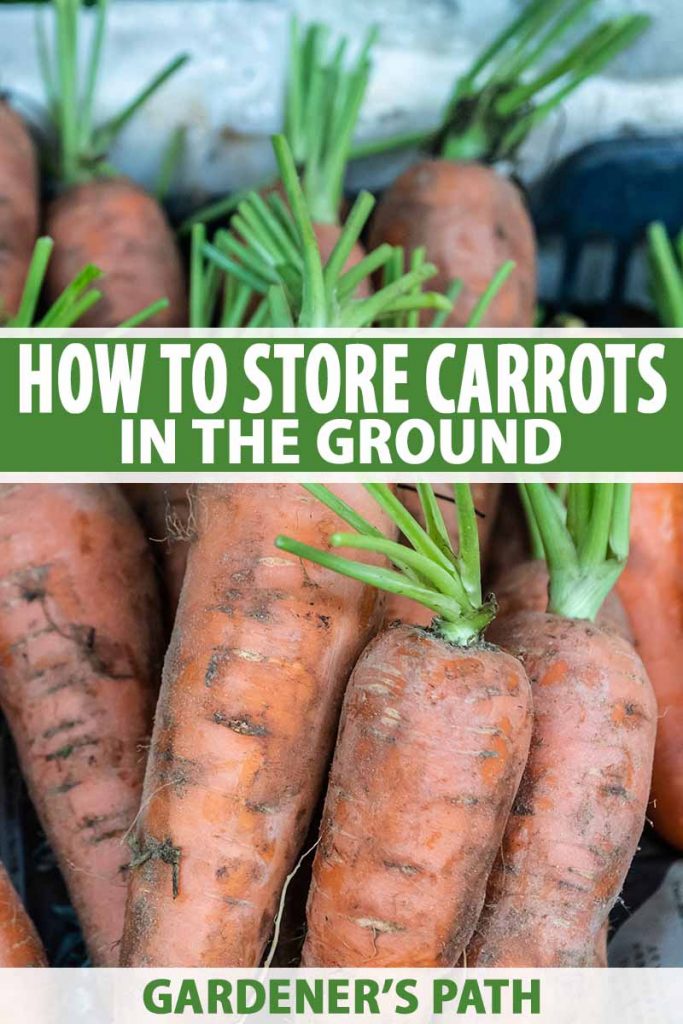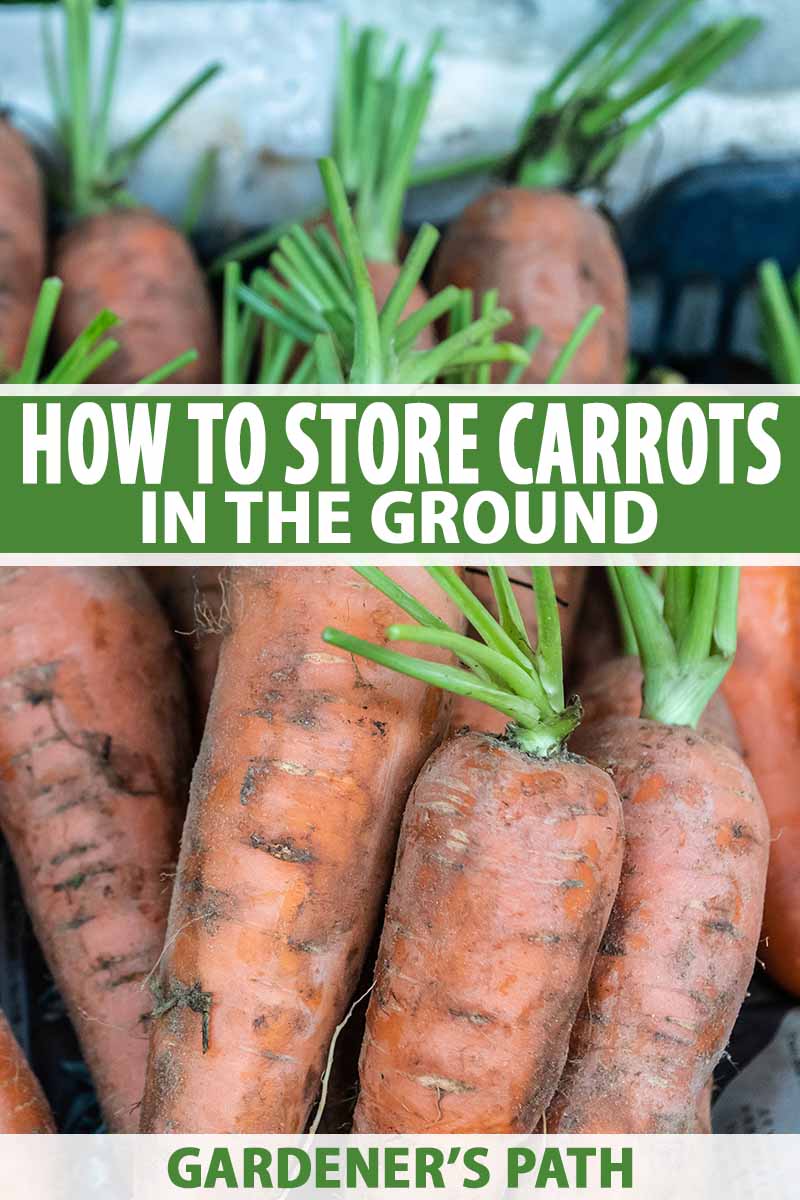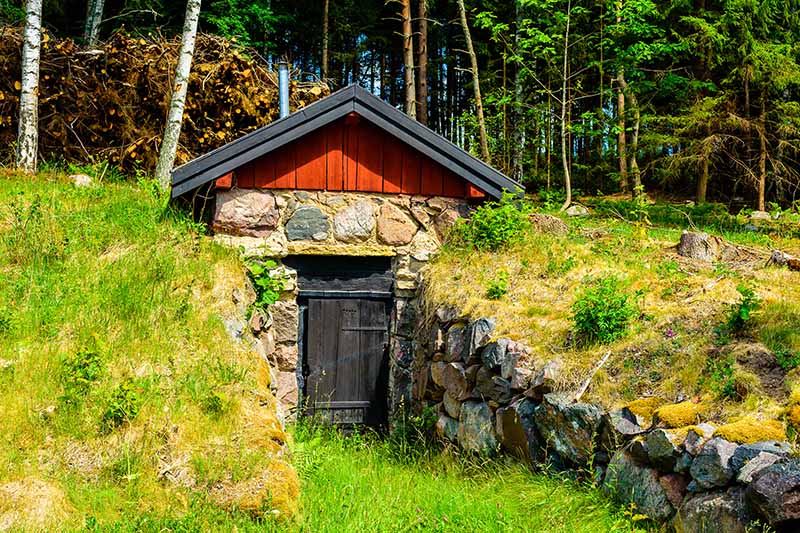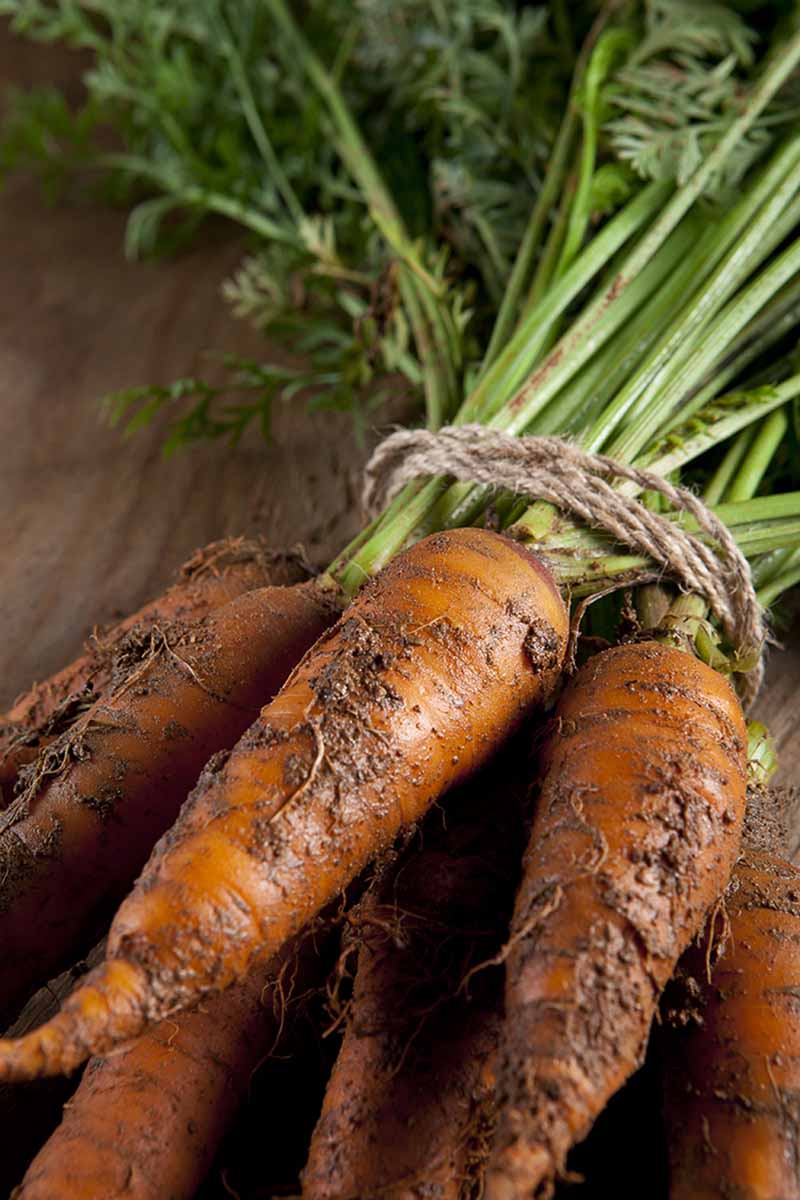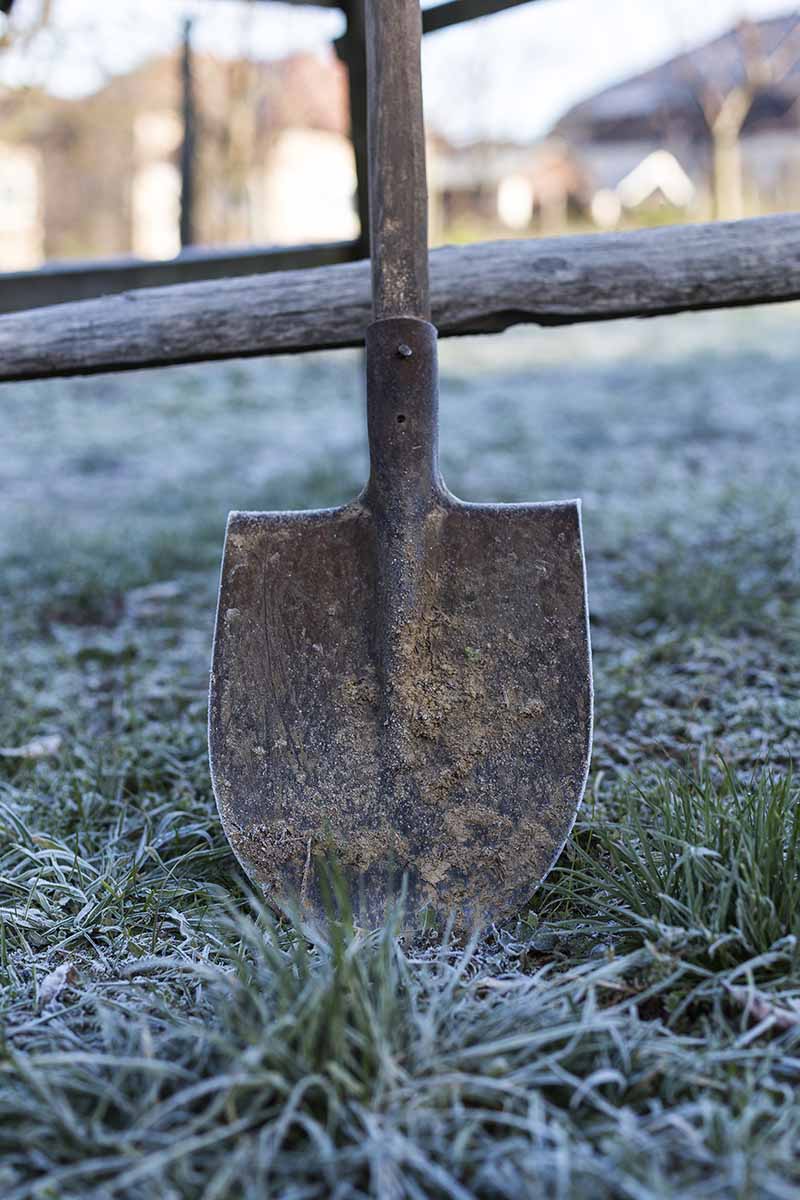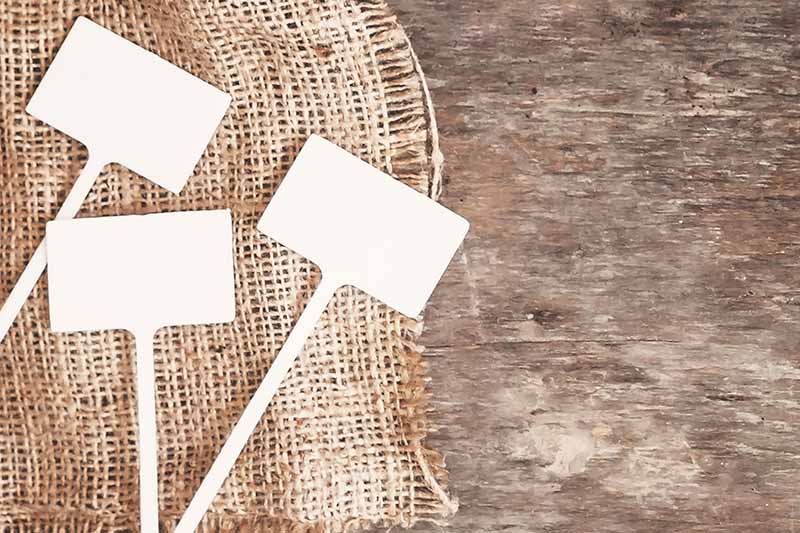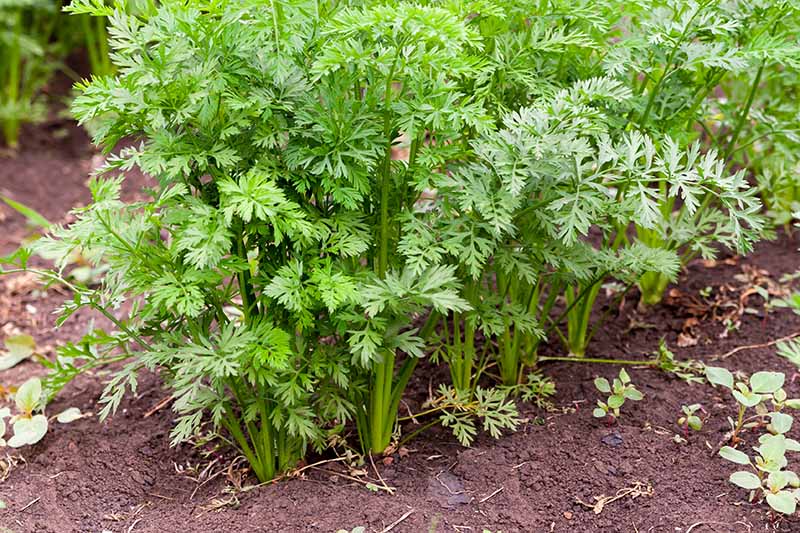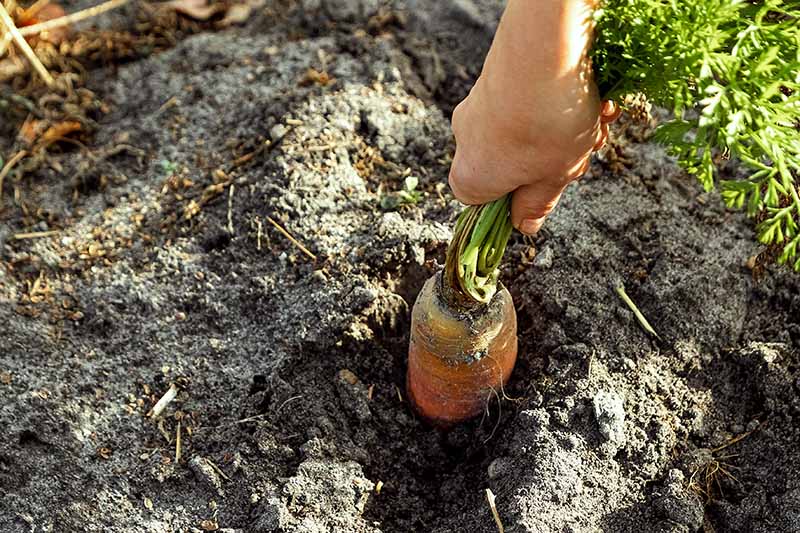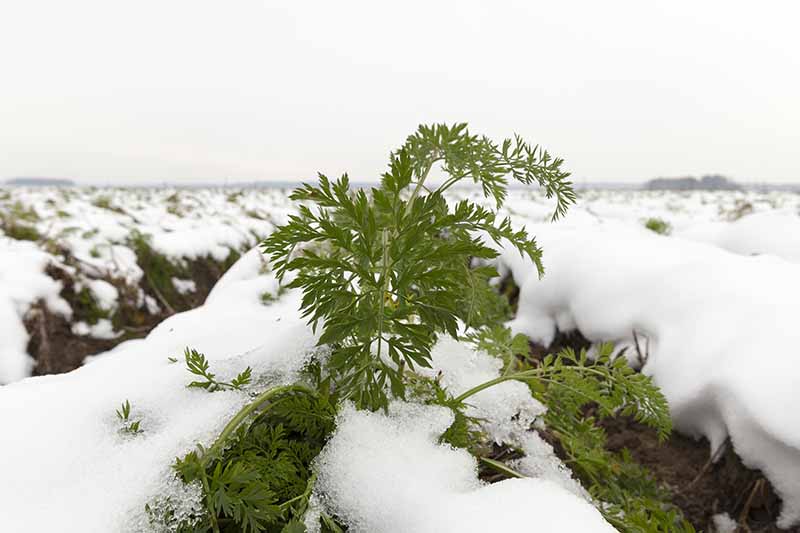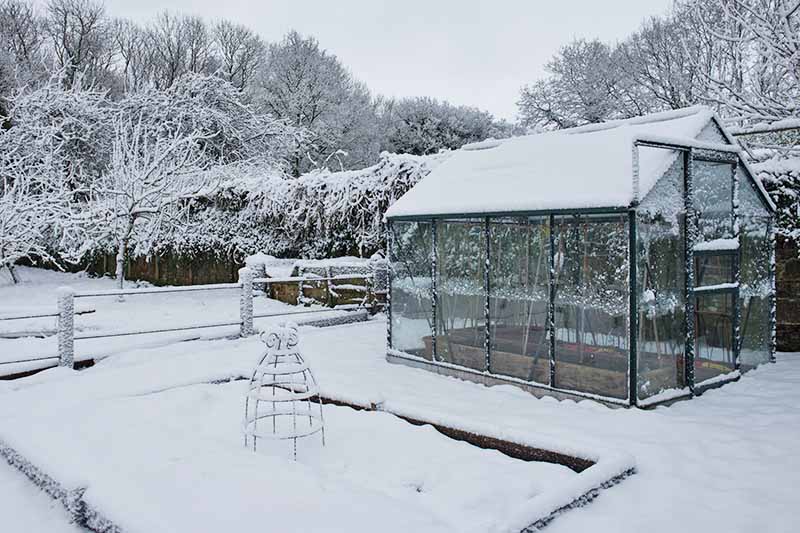While keeping them in the garden isn’t the only way to store this crop, it is a useful method for those of us with cold winters who are low on cool-storage space. And if you’ve followed our guide to growing carrots, you’ll more than likely have a bumper crop by now! We link to vendors to help you find relevant products. If you buy from one of our links, we may earn a commission. If these recommended conditions sound an awful lot like what’s going on in your garden soil during the winter, it may make good sense for you to leave this root vegetable in the ground until you need it. In this article, we’ll get to the root of storing carrots in this way. Here’s what we’ll cover:
This Method Is Not for You If…
In some cases, storing this root vegetable in the garden through the winter may not be advisable. I’ll save you some time by going over those cases first. You may want to harvest your carrots instead of leaving them in the garden if:
Your winter soil temperatures do not stay below 40°F – it needs to be cold enough to stop all growth. Your winters are very rainy, or your soil is not well-draining – in these cases your crop may rot in the ground. Your area is prone to carrot rust flies – this pest will thrive if roots are left in the soil over winter. You have planted a variety that is not designed for winter storage, such as a coreless cultivar.
If storing this vegetable in the ground turns out not to be the best method for your situation, harvest your carrots and keep them in your fridge, a root cellar, or a cool basement. And don’t forget these other things to do in the garden before winter.
On the other hand, if leaving them where they are sounds perfect, there are a few steps you’ll want to take to store them successfully.
But before you get started, you’ll need to know the best time to store your carrots for winter.
When to Put Your Crop to Bed
It will be time to get busy preparing your crops after you have had a couple of frosts – which will make your carrots sweeter – but before the ground freezes. How do you know when your ground is frozen?
According to the Western Regional Climate Center, when air temperatures reach 24°F or lower, the ground begins to freeze. Whether the soil stays frozen and how deeply it freezes will depend on many factors, including “the duration and severity of the freeze, soil moisture, and soil type.”
So don’t wait for a hard freeze, keep your eye on the weather report, and be ready to start preparing your carrots after a couple of light freezes. To learn more about how varying degrees of cold will affect your plants, read our article on frost damage.
Mark Your Crop
Your light frosts have come and gone, and now you’re ready to put your carrots to bed. And for that, they’ll need covering. But before you start covering them up, there’s an important step to take so that you can find exactly where they are when you are ready to harvest them.
You will be covering them with mulch, so make sure you have a way of finding them again first. Mark your carrot patch with a sign, stick, or some other means to remind yourself that there is a crop of root vegetables there for later eating. In my garden, I use sticks for this purpose.
If you get lots of snow in your region, make sure your marker is tall enough to exceed than your expected snowfall, in case you want to dig some of your carrots up before the snow melts.
Lop the Tops Off
After marking your beds, the next step is to cut off the greens. There are a couple of reasons why you should do this: First, when carrot greens are left on, they continue to draw up energy from the roots. This results in vegetables that are not as sweet as they would have been otherwise.
And because you are covering them, in more humid climates, your buried carrot greens will likely rot – ruining your crop.
When you cut the green tops back, leave about 1/4 to 1/2 inch of green stem intact.
Cover Your Roots
Now that you have marked your beds and trimmed off your greens, you are ready to cover your carrots. There are different materials you can choose from to use as an insulating mulch for your crop: straw, hay, or leaves. Use the material that is most accessible to you, as you’ll need quite a lot of it. Compost, bark, woodchips, and other decorative mulches are not suitable, as the covering that we are going for here is intended to insulate, not to preserve moisture. Make sure your mulch is dry, as a soggy mulch can result in a moldy crop.
If you wish, you can add a layer of soil over the carrot crowns before mulching to help insulate them. Cover your carrots with a 12-inch-thick layer of your preferred mulch, making sure to cover the ground out to a perimeter of at least 12-18 inches either side of each plant. Some gardeners put a row cover – or even an old bed sheet – over the top of the mulch layer to keep it from blowing away in windy areas.
If you live in a climate where snow covers the ground for most or all of the winter, a blanket of snow can also provide extra insulation for your carrot beds.
Can It Be Too Cold For Ground Storage?
Most extension offices recommend harvesting carrots from the ground before the soil freezes. So does that mean if you live somewhere where the soil freezes in winter that you cannot store these root vegetables in the garden? Not necessarily. Many gardeners, including Jim Hole at the Edmonton Journal, claim that well-mulched carrot patches can resist even sub-zero air temperatures. This has also been my personal experience in USDA Hardiness Zone 5a. Last year, some of my unmulched carrots survived air temperatures at least as low as -16°F. These were protected by only a layer of snow.
For those of us with average winter air temperatures below 24°F – the ideal soil temperature for storage of 32-40°F – keeping these root vegetables in the soil is certainly worth a try when they are mulched and protected with a blanket of snowfall, even in climates where the ground is frozen throughout winter. Underground, the temperature of the soil will always be slightly higher than the ambient air and ground temperature.
When to Harvest
If your carrot beds are well mulched, the soil in these beds should not be as cold as the surrounding soil, and you can harvest the roots throughout the winter, as needed.
Unless you are overwintering your crop for seed production (a process known as vernalization), you’ll want to harvest your carrots before spring, when they’ll start growing again Once spring starts, the carrots will resume sending energy into the greens, which will grow back. Energy spent on carrot tops means less energy saved in the roots, which will result in a loss of sweetness, and a woody and tough texture.
Leaf Them in the Ground
Now that your carrots are put to bed for the winter, their beds well marked, their greens removed, and their roots resting sweetly under a thick insulating mulch, it’s time to curl up, do some winter garden planning, and dream of next year’s carrot varieties. Will you be leaving your carrots in the ground this winter? Let us know in the comments – and make sure to tell us what region you’re in so that your experience can help others. For more guidance on harvesting and storing root vegetables, check out these articles next:
When and How To Harvest Homegrown Potatoes How to Harvest and Store Rutabaga How to Harvest and Store Sweet Potatoes
© Ask the Experts, LLC. ALL RIGHTS RESERVED. See our TOS for more details. Uncredited photos: Shutterstock. Additional writing and editing by Clare Groom and Allison Sidhu.
